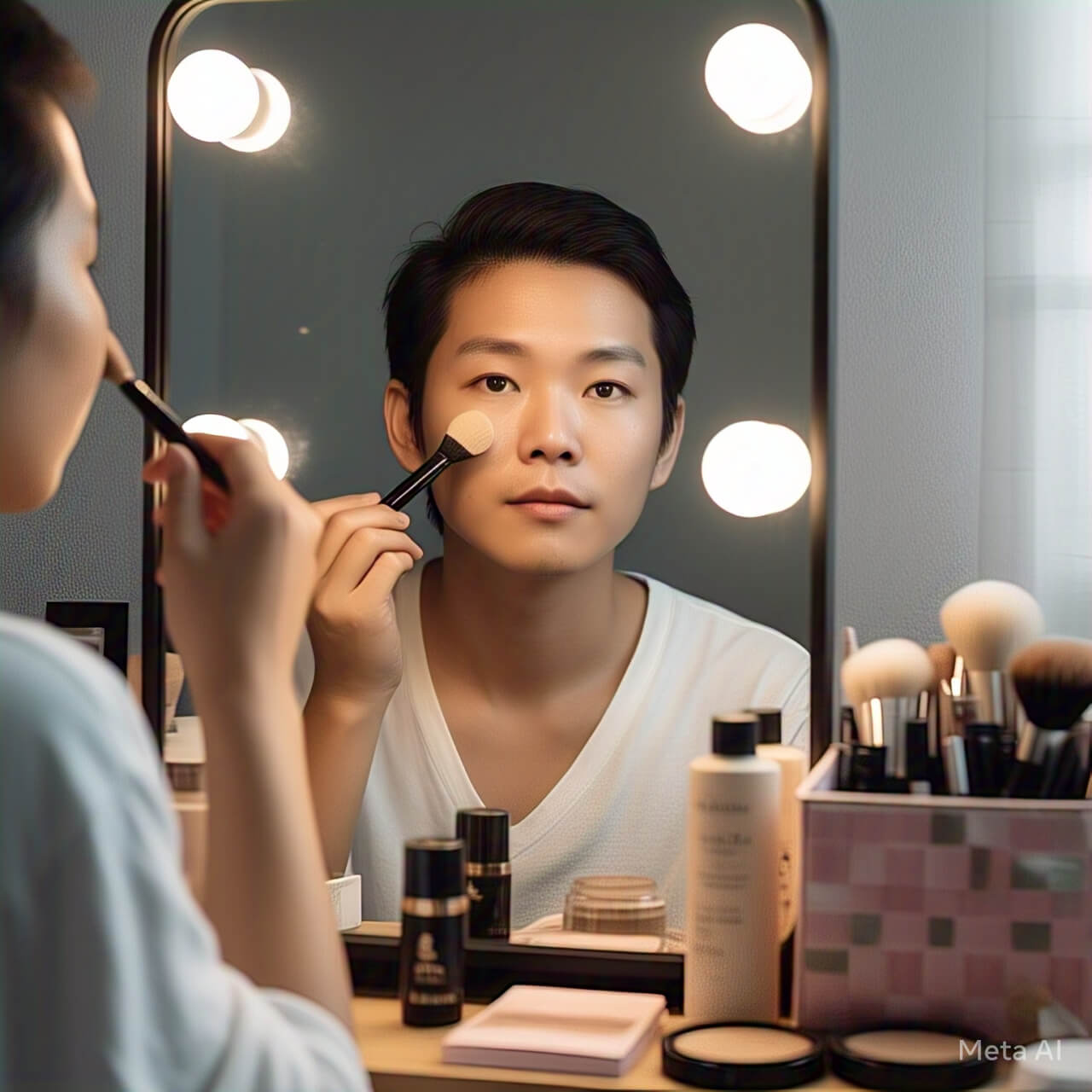How to apply foundation for beginners: Applying foundation can be tricky if you’re new to makeup. But don’t worry—this guide will help you learn the basics in simple steps. Foundation evens out your skin tone and gives a smooth base for other makeup. The key is to choose the right shade and blend it well. Start with clean, moisturized skin so the foundation goes on smoothly. Use a primer if you want longer-lasting makeup. Apply foundation with a brush, sponge, or fingers—each gives a different finish. Blend well around the jawline and hairline to avoid harsh lines. Set it with powder if you have oily skin. With practice, you’ll get better.

10 Easy Tips for Applying Foundation
- Clean your face first.
- Moisturize before applying.
- Pick the right shade.
- Use primer for longer wear.
- Apply in thin layers.
- Blend well at edges.
- Use a damp sponge.
- Set with powder if needed.
- Avoid too much product.
- Check in natural light.
1. Choosing the Right Foundation
Finding the perfect foundation is the first step. Test shades on your jawline—not your hand—to match your skin tone. If you have dry skin, go for a hydrating formula. Oily skin works best with matte foundations. For natural coverage, try a light or medium formula. Full coverage hides more imperfections. Always check the shade in daylight to avoid mistakes.
2. Prepping Your Skin
Clean skin is a must before makeup. Wash your face with a gentle cleanser. Apply moisturizer to keep skin smooth. If you have oily skin, use an oil-free moisturizer. Primer helps makeup last longer and fills pores. Let skincare products absorb before applying foundation.
3. Picking the Right Tools
Fingers work for a natural look. Brushes give more coverage. A damp makeup sponge blends foundation smoothly. Each tool gives a different finish—try them to see what you like. Clean your tools often to avoid breakouts.
4. Applying Foundation Correctly
Start with a small amount. Dot foundation on your forehead, cheeks, nose, and chin. Blend outward in gentle strokes. Don’t forget the neck to avoid color mismatch. Build coverage slowly instead of applying too much at once.
5. Blending for a Natural Look
Blend well around edges—jawline, hairline, and ears. Use circular motions with a sponge or brush. Harsh lines make makeup look fake. Keep blending until no streaks are visible.
6. Setting Your Foundation
If you have oily skin, set foundation with powder. Use a fluffy brush to apply lightly. Dry skin can skip powder or use a hydrating setting spray. This keeps makeup in place longer.
7. Fixing Common Mistakes
Too much foundation? Remove excess with a sponge. Wrong shade? Mix with a lighter or darker one. Cakey makeup? Spray with setting spray and press with a sponge.
8. Foundation for Different Skin Types
Oily skin: Matte or oil-free foundation.
Dry skin: Hydrating or dewy foundation.
Combination skin: Adjust based on oily/dry areas.
9. Long-Lasting Foundation Tips
Primer helps makeup stay. Setting spray locks it in. Avoid touching your face too much. Blot excess oil with tissue instead of adding more powder.
10. Removing Foundation Properly
Always remove makeup before bed. Use micellar water or cleanser. Follow with moisturizer to keep skin healthy. Sleeping with makeup clogs pores.

FAQs About Applying Foundation
| Question | Answer |
|---|---|
| How do I choose the right foundation shade? | Test on your jawline in natural light. |
| Can I apply foundation with my fingers? | Yes, but blend well for a smooth finish. |
| How do I stop foundation from looking cakey? | Use less product and blend properly. |
| Do I need primer before foundation? | It helps makeup last longer but isn’t a must. |
| How do I make foundation last all day? | Use primer, set with powder, and avoid touching your face. |
This guide covers everything beginners need for flawless foundation application. Practice makes perfect—keep trying.



